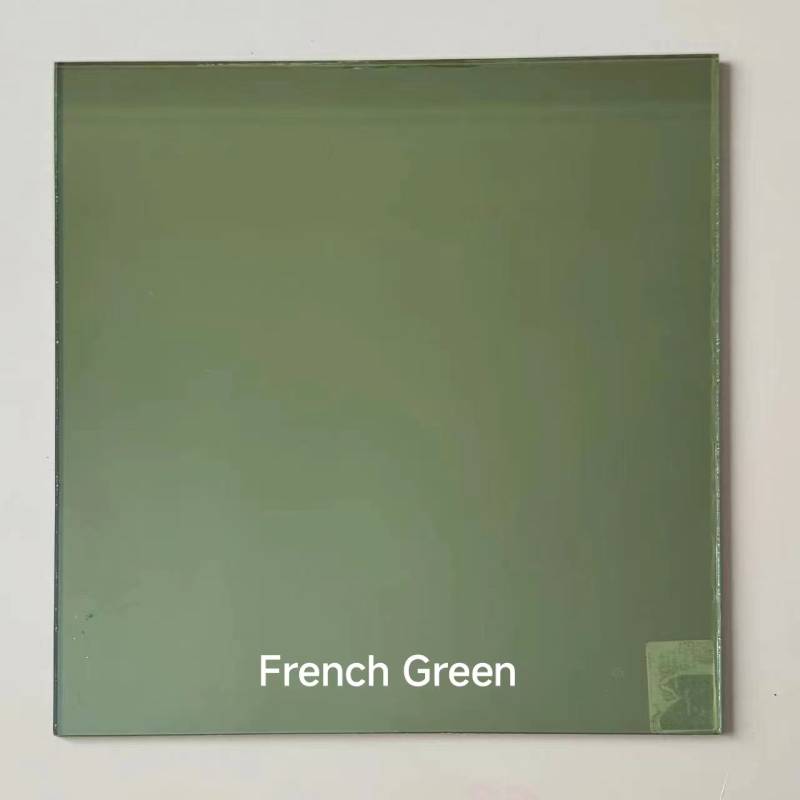

Transforming Clear Glass to Frosted Glass A Guide to Enhancing Your Space
In contemporary design, the aesthetic and functional use of glass plays an essential role in both residential and commercial spaces. Clear glass, while undeniably elegant, can sometimes lack the privacy or diffusion of light that many settings require. This is where frosted glass comes into play. Transitioning from clear to frosted glass isn't just a matter of changing the material; it involves a thoughtful approach to design and utility.
Understanding Frosted Glass
Frosted glass is created through various methods that alter its transparency, typically leaving it translucent. This type of glass allows natural light to filter through while obstructing direct views, making it ideal for applications in bathrooms, office spaces, and even kitchen cabinets. The frosted effect can also add a touch of sophistication, often elevating the overall aesthetic of a space.
Methods to Achieve Frosted Glass
There are several methods to convert clear glass to frosted glass, each offering its own advantages.
1. Sandblasting One of the most traditional methods, sandblasting involves using high-pressure air to propel abrasive materials against the glass surface. This technique creates a permanently frosted effect and can be customized to produce patterns or even custom designs. However, it requires specialized equipment and expertise, making it less accessible for DIY enthusiasts.
2. Acid Etching Acid etching utilizes hydrofluoric acid to achieve a frosted finish. It is another permanent solution and can create intricate designs when used carefully. Safety precautions are essential due to the corrosive nature of the chemicals involved, making this method more suitable for professionals.

3. Frosted Film A more accessible option for homeowners is the application of frosted adhesive film. This self-adhesive material can be applied to existing clear glass surfaces, effectively creating the frosted look without the need for expensive tools or complicated processes. The film is available in various patterns and levels of translucency, allowing for versatility in design.
4. Spray Frosting Another DIY-friendly option involves using a spray frosting product designed for glass. This approach offers flexibility as it can easily be applied to any clear glass surface. However, the durability may not be as long-lasting as other options, requiring reapplication over time.
Benefits of Frosted Glass
Beyond aesthetics, there are significant functional benefits to using frosted glass. Privacy is a major advantage; homeowners can enjoy natural light without compromising their personal space. In commercial settings, frosted glass can promote confidentiality in offices, conference rooms, or reception areas. Additionally, the diffusion of light provided by frosted glass can create a softer, more inviting atmosphere, enhancing the overall mood of a space.
Furthermore, frosted glass can contribute to energy efficiency. By diffusing direct sunlight, it can help regulate indoor temperatures, reducing reliance on artificial lighting and cooling systems.
In Conclusion
Transforming clear glass to frosted glass is a decision that can greatly enhance both the functionality and aesthetic appeal of any space. Whether through professional methods like sandblasting and acid etching or DIY solutions like frosted film and spray, the options are plentiful. By incorporating frosted glass into your design, you can achieve the perfect balance between elegance and practicality. As you consider your next design project, remember the myriad benefits of frosted glass and how it can help create a space that is both beautiful and functional.